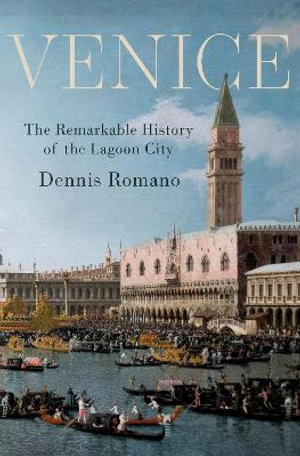
PublishedOxford University Press, May 2024 |
ISBN9780190859985 |
FormatHardcover, 904 pages |
Dimensions24.3cm × 16.8cm × 4.5cm |
A sweeping and comprehensive history of Venice--from its formation in the early Middle Ages to the present day--that traces its evolution as a city, city-state, regional power, and overseas empire. No city stirs the imagination more than Venice. From the richly ornamented palaces emerging from the waters of the Grand Canal to the dazzling sites of Piazza San Marco, visitors and residents alike sense they are entering, as
fourteenth-century poet Petrarch remarked, "another world." During the Middle Ages and Renaissance, Venice was celebrated as a model republic in an age of monarchs. In the seventeenth and eighteenth centuries, it became
famous for its freewheeling lifestyle characterized by courtesans, casinos, and Carnival. When the city fell on hard times following the collapse of the Republic in 1797, a darker vision of Venice as a place of decay, disease, and death took hold. Today tourists from around the globe flock to the world heritage site as rising sea levels threaten its very foundations. This comprehensive account reveals the adaptations to its geographic setting that have been a constant
feature of living on water from Venice's origins to the present. It examines the lives of the women and men, noble and common, rich and poor, Christian, Jew, and Muslim, who built not only the city but
also its vast empire that stretched from Northern Italy to the eastern Mediterranean. It details the urban transformations that Venice underwent in response to environmental vulnerability, industrialization, and mass tourism. Alongside the city's commercial prominence has been its dramatically changing political role, including its power as a city-state, regional stronghold, and overseas empire, as well as its impact on the development of fascism. Throughout, Dennis Romano highlights the
city's cultural achievements in architecture, painting, and music, particularly opera.This richly illustrated volume offers a stunning portrait of this most singular of cities.

